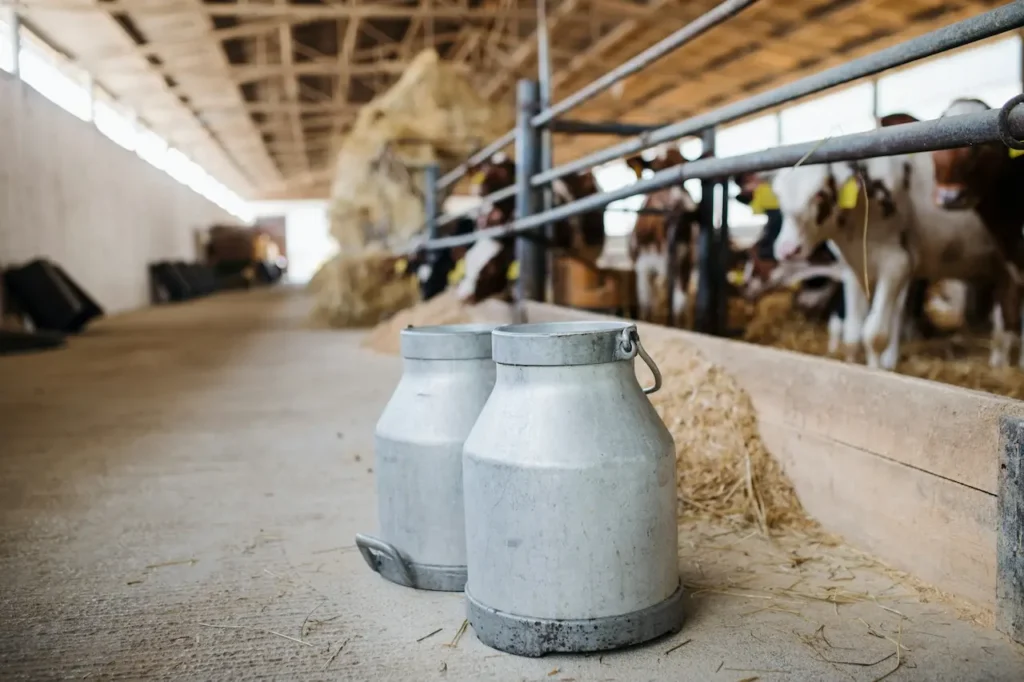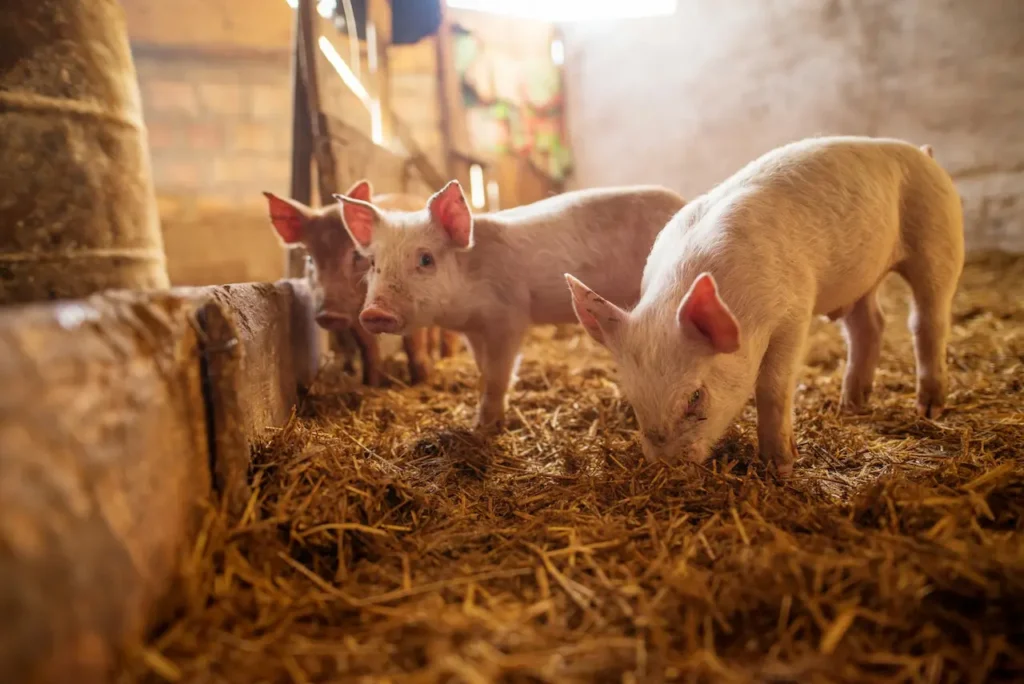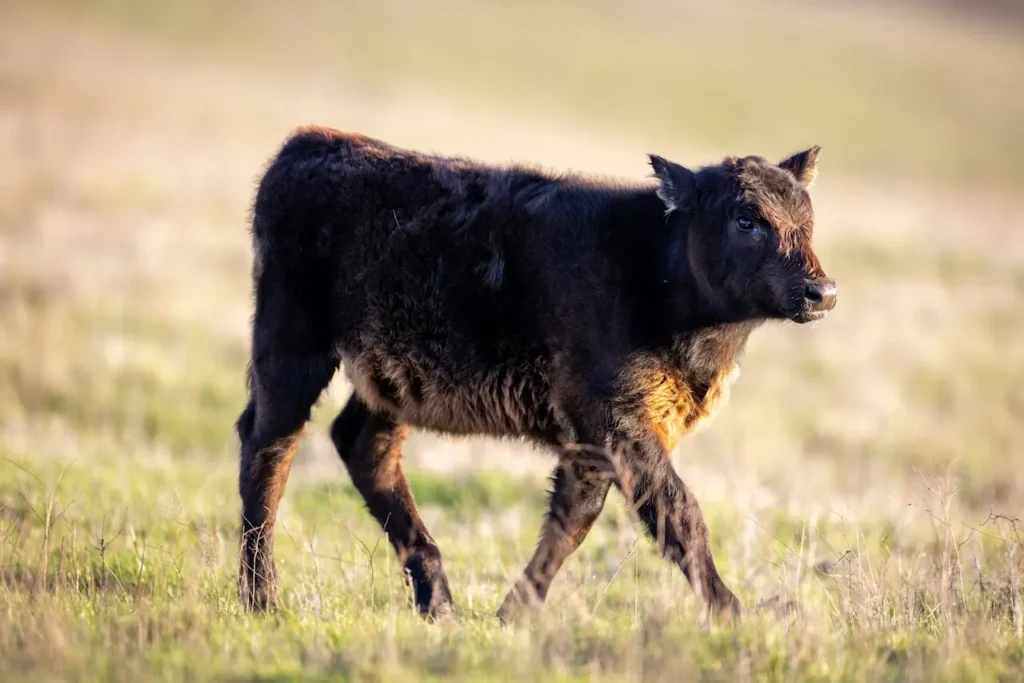What You Need to Know About Livestock Auctions
Categories
- Accipitridae (1)
- Acrididae (1)
- Algae (2)
- Alligatoridae (1)
- Amoebidae (1)
- Amphibians (3)
- Anatidae (1)
- Anguillidae (1)
- Arachnids (2)
- Bears (2)
- Big Cats (3)
- Birds (13)
- Bovidae (5)
- Bufonidae (1)
- Camelids (1)
- Cameras (1)
- Canines (13)
- Caridea (1)
- Carnivora (10)
- Castoridae (1)
- Cats (5)
- Cebidae (1)
- Cephalopod (1)
- Cervidae (2)
- Cetacean (1)
- Chondrichthyes (1)
- Crocodilia (2)
- Crustaceans (4)
- Culicidae (1)
- Cyaneidae (1)
- Dasypodidae (1)
- Dasyurids (1)
- Deer (1)
- Delphinidae (1)
- Desktop (1)
- Didelphidae (1)
- Dinosaurs (1)
- Dogs (13)
- Dolphins (2)
- Echinoderms (1)
- Education (10)
- Elephantidae (1)
- Equine (1)
- Erethizontidae (1)
- Erinaceidae (1)
- Farming (1)
- Felidae (5)
- Fish (5)
- Food Chain (31)
- Food Web (2)
- Formicidae (1)
- Frugivore (1)
- Gaming (1)
- Gastropods (1)
- Giraffids (1)
- Great Apes (2)
- Health Conditions (3)
- Herbivore (4)
- Hi-Fi (1)
- Hippopotamidae (1)
- Hominidae (1)
- Insects (10)
- Invertebrates (2)
- Keyboards (1)
- Laptops (1)
- Leporidae (1)
- Mammals (23)
- Marsupials (4)
- Mephitidae (1)
- Microchiroptera (1)
- Mollusks (2)
- Mongoose (1)
- Muridae (1)
- Nocturnal Animals (1)
- Odobenidae (1)
- Omnivore (2)
- Phasianidae (1)
- Phocidae (1)
- Plankton (1)
- Plants (2)
- Primate (1)
- Ranidae (1)
- Reptiles (7)
- Rhinocerotidae (1)
- Rodents (5)
- Salamandridae (1)
- Scarabaeidae (1)
- Sciuridae (2)
- Sharks (1)
- Shellfish (1)
- Sound (1)
- Spheniscidae (1)
- Suidae (1)
- Superfamily Papilionoidea (1)
- Theraphosidae (1)
- What Eats (5)
If you are in the market for new livestock, you have a couple of primary options open to you. One is to purchase directly from the ranches or farms, while the other is to do so at an auction.
Both of these methods have their benefits, but for many, the preferred choice is the latter. That is because not only can they be a great place to source new animals, but you can also make industry contacts through networking while simply enjoying the theatre of it all.
However, if you are new to livestock auctions, you might find the cacophony of noise and pulsating atmosphere a little overwhelming, which can lead you to make snap decisions you might end up regretting.
So, if the thought of trading at one of the 200+ sale yards that operate in Australia is playing on your mind, allow us to help you by reading our beginner’s guide to what you need to know about livestock auctions.
Table of Contents
ToggleWhat is a livestock auction?
A livestock auction is a trading environment where animals are sold to the individual who bids the most for them.
By definition, livestock is any domesticated animal, such as a cow or sheep, that has been raised in an agricultural setting, specifically for the purpose of providing labour or produce for human consumption. This can include milk, eggs, meat, leather, fur and wool.
Auctions generally take place in sale yards in central locations that are accessible to as wide a range of buyers and sellers as possible. The largest in Australia is in Roma, Queensland, with over 400,000 cattle passing through every year.
Traditionally, auctions have occurred in physical auction houses. However, in recent years, and in particular since the COVID-19 pandemic, a glut of online livestock marketplaces has grown in popularity, especially in remote areas.
The livestock industry in Australia is massive, employing over 433,000 in 2021-21 and generating a whopping $75.4 billion in revenue.

What You Need to Know About Livestock Auctions
How does the auction process work?
During an auction, animals are sold in groups or lots, often by breed, type and quality. This enables potential buyers to evaluate and bid on particular animals based on certain criteria, for instance, overall condition, meat quality or breeding potential.
Typically, the auction process runs like this. Firstly, animals are checked-in and given a health check by independent evaluators to ensure they are of a suitable standard for sale. Sellers are also expected to offer background information about their medical and health history, e.g. any vaccinations they have had.
When the animal has been given the all-clear, buyers will be given the opportunity to bid on them under the guidance of an auctioneer. This process continues back and forth until it is sold to the person who placed a bid that no one was prepared to beat.
When the sale has been closed by the auctioneer, the buyer makes payment and arranges to transport the livestock to a new location.
How to navigate a livestock auction
If you have been to a few auctions before, you’ll no doubt have a set process as to how you might navigate the livestock auction.
However, should you be attending one for the first time, here are some tips you should consider:
Before You Go
The first thing you must do is work out what type of livestock you want and why. Then, once you have done this, you’ll need to choose the right auction that will give you the best chance of finding what you need. A quick Google search can help you identify farm clearing sales that might offer the livestock or machinery you are after.
Once you have decided where to go, do your homework on the current market prices of various breeds to get an idea of what you might have to pay. You should also keep an eye on livestock auction market reports that can keep you abreast of current livestock costs.
During the Auction
Livestock auctions can be overwhelming. But it is important to stay focused to ensure you secure the animal you want.
It is a good idea to ease into things gently by partaking in a watching brief for the first few rounds. That way, you’ll get a feel for how things work.
When you are ready to participate, make sure you give the animal the once over. Look out for any bumps, bruises and patches missing from their hides. Also, try and check their teeth and feet, and grab a copy of the animal’s paperwork to determine its breed and medical care.
You will need to listen carefully to the asking price when the bidding starts, which can sometimes be muddled over everything going on around you. If you want to make a bid, raise your marker prominently so the auctioneer can see you.
During the bidding process, it is important not to get carried away. Make sure you have a ceiling price you won’t go over and stick to that limit even if you are outbid.
Types Of Animals Found
The most common types of livestock sold at these auctions include cattle, sheep, goats, pigs, and occasionally poultry and alpacas. Auctions can range from small regional events to large-scale sales featuring hundreds of animals.
Cattle dominate the market, with breeds like Angus, Hereford, Brahman, and Wagyu being particularly sought after. Angus cattle are popular for their premium beef quality, while Brahman thrive in northern Australia’s hot climates. Wagyu is a premium breed prized for its marbled beef.
Sheep sales often feature Merino, renowned for its fine wool, and crossbred breeds like Dohne and White Suffolk, valued for their meat. Boer goats are a common sight in goat auctions, prized for their fast growth and meat production.
Pig auctions typically feature breeds like Large White and Landrace for commercial pork production. Alpacas, though less common, attract interest for their luxurious fleece and as companion animals.
Livestock auctions reflect the diversity of Australia’s agricultural industry, providing opportunities for farmers to access high-quality breeding stock and sustain their operations.

Pigs In A Barn At An Auction
What’s Next?
If your bid for an animal is successful, you will have to pay for it and also arrange for it to be transported to where you want it to go.
Once you take it there, it is advisable to quarantine the animal for about four weeks. It is also worth protecting your investment by arranging for a vet to give them a routine examination to make sure they are healthy.

